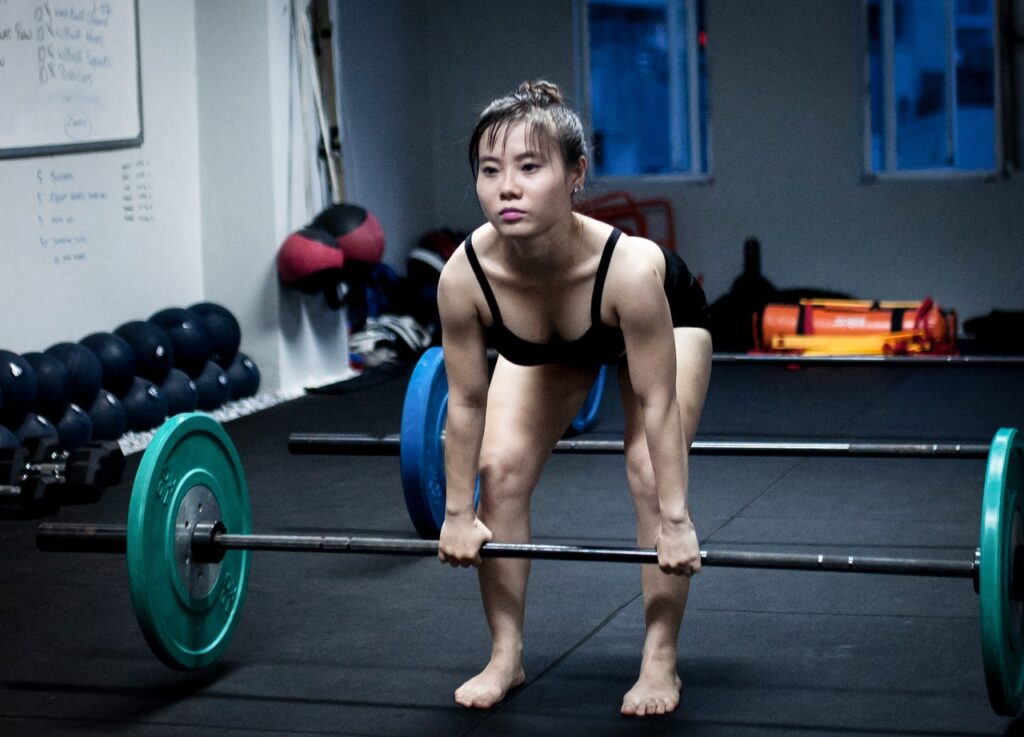Key Points of Posterior-Chain Resistance Training vs General Exercise Study
- Posterior chain resistance training is more effective in reducing pain and disability and improving muscle strength in patients with chronic low back pain than general exercise.
- Posterior chain resistance training does not have significantly more adverse events than general exercise in patients with chronic low back pain.
- Clinicians should strongly consider the prescription of 12–16 weeks of posterior chain resistance training to maximise outcomes in their patients with chronic low back pain.
Study Background
While chronic exercise training has been demonstrated to be an effective non-pharmacological
treatment for chronic low back pain (CLBP), there has been a relative lack of evidence or clinical guidelines for
whether a posterior chain resistance training programme provides any benefits over general exercise (GE).
Objectives
To determine if chronic posterior chain resistance training (PCRT), defined as exercise programmes of
≥6 weeks duration focused on the thoracic, lumbar and hip extensor musculature, is more effective than GE in
improving pain, level of disability, muscular strength and the number of adverse events in recreationally active and
sedentary individuals with CLBP.
Methods
Four electronic databases were systematically searched from 25 September 2019 until 30 August 2020.
Using the Joanna Briggs Institute (JBI) Critical Appraisal Tools checklist for randomized controlled trials (RCTs),
articles were critically appraised and compared against the inclusion/exclusion criteria. Standardized mean
difference (SMD), risk difference (RD) and confidence interval (CI) were calculated using Review Manager 5.3.
Results
Eight articles were included, with a total of 408 participants (203 PCRT, 205 GE). Both PCRT and GE were
effective in improving a number of CLBP-related outcomes, but these effects were often significantly greater in
PCRT than GE, especially with greater training durations (i.e. 12–16 weeks compared to 6–8 weeks). Specifically,
when compared to GE, PCRT demonstrated a greater reduction in pain (SMD = − 0.61 (95% CI − 1.21 to 0.00), p =
0.05; I2 = 74%) and level of disability (SMD = − 0.53 (95% CI − 0.97 to − 0.09), p = 0.02; I2 = 52%), as well as a greater
increase in muscle strength (SMD = 0.67 (95% CI 0.21 to 1.13), p = 0.004; I2 = 0%). No differences in the number of
adverse events were reported between PCRT and GE (RD = − 0.02 (95% CI − 0.10 to 0.05), p = 0.57; I2 = 72%).
Conclusion
Results of the meta-analysis indicated that 12–16 weeks of PCRT had a statistically significantly greater effect
than GE on pain, level of disability and muscular strength, with no significant difference in the number of adverse events for
recreationally active and sedentary patients with CLBP. Clinicians should strongly consider utilizing PCRT interventions for 12–
16 weeks with patients with CLBP to maximize their improvements in pain, disability and muscle strength. Future research
should focus on comparing the efficacy and adverse events associated with specific PCRT exercise training and movement
patterns (i.e. deadlift, hip lift) in treating this population.
Tataryn N, Simas V, Catterall T, Furness J, Keogh JWL. Posterior-Chain Resistance Training Compared to General Exercise and Walking Programmes for the Treatment of Chronic Low Back Pain in the General Population: A Systematic Review and Meta-Analysis. Sports Med Open. 2021;7(1):17. Published 2021 Mar 8. doi:10.1186/s40798-021-00306-w
https://www.ncbi.nlm.nih.gov/pmc/articles/PMC7940464/?s=03
Open Access
This article is licensed under a Creative Commons Attribution 4.0 International License, which permits use, sharing, adaptation, distribution and reproduction in any medium or format, as long as you give appropriate credit to the original author(s) and the source, provide a link to the Creative Commons licence, and indicate if changes were made. The images or other third party material in this article are included in the article’s Creative Commons licence, unless indicated otherwise in a credit line to the material. If material is not included in the article’s Creative Commons licence and your intended use is not permitted by statutory regulation or exceeds the permitted use, you will need to obtain permission directly from the copyright holder. To view a copy of this licence, visit http://creativecommons.org/licenses/by/4.0/.

